All medications come with side effects, some minor and others extreme. In cases of advanced disease, high-risk infections and other extreme health conditions, the benefits of medication greatly outweigh the side effects. For others, the medications are used largely as a form of preventative medicine, and the potential side effects may not be a worthwhile risk.
Especially in our elderly population, overprescription is common, and fewer medications may improve quality of life and prevent hospitalizations. A study on the USA’s geriatric population (New England Journal of Medicine) published earlier this year found that over 99,000 medication-related emergency hospitalizations occurred between 2007 and 2009. Four common drug prescriptions were responsible for 67 percent of these emergencies:
Warfarin
Oral antiplatelet agents
Insulin
Oral hypoglycemic agents
Of these four medication classes, none are considered “high-risk.” In fact, only 1.2 percent of the hospitalizations mentioned above were due to high-risk medications.
Why is this significant?
Firstly, because medications perceived as lower-risk are more likely to be prescribed, and to be used for disease prevention. This study shows that such forms of “prevention” are more likely to be life-threatening to our elderly population than expected.
Secondly, because the four medication classes addressed in this study are often used for diseases (Diabetes Type II, Coronary Artery Disease) that are preventable through natural medicine, and manageable with integrated care that requires fewer prescriptions.
The key to reducing hospitalizations due to adverse drug reactions is to reduce the need for such drugs. This can be done safely and effectively through natural and integrative medicine.
Dr. Kaley Bourgeois
Source:
Daniel S. Budnitz, MD, et al. Emergency Hospitalizations for Adverse Drug Events in Older Americans. N Engl J Med. 2011 Nov 24;365(21):2002-12
